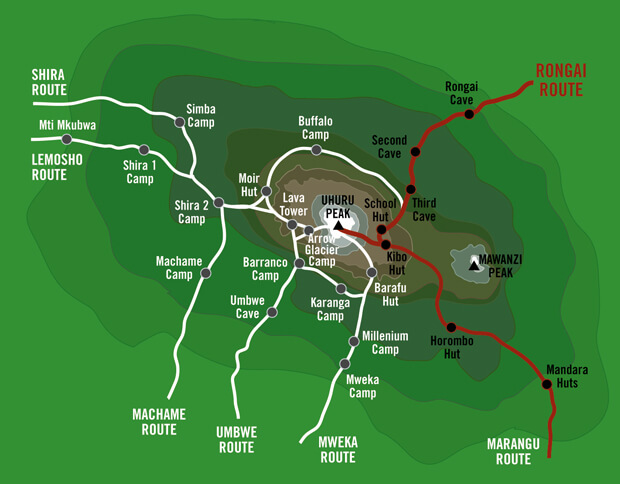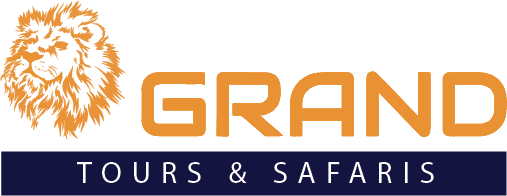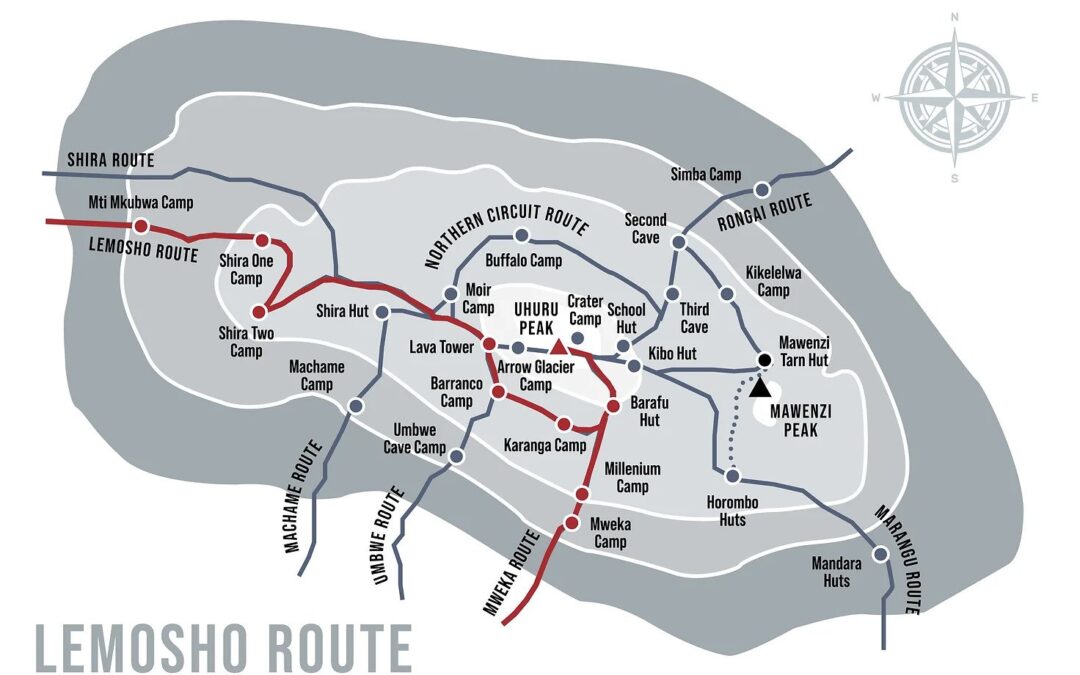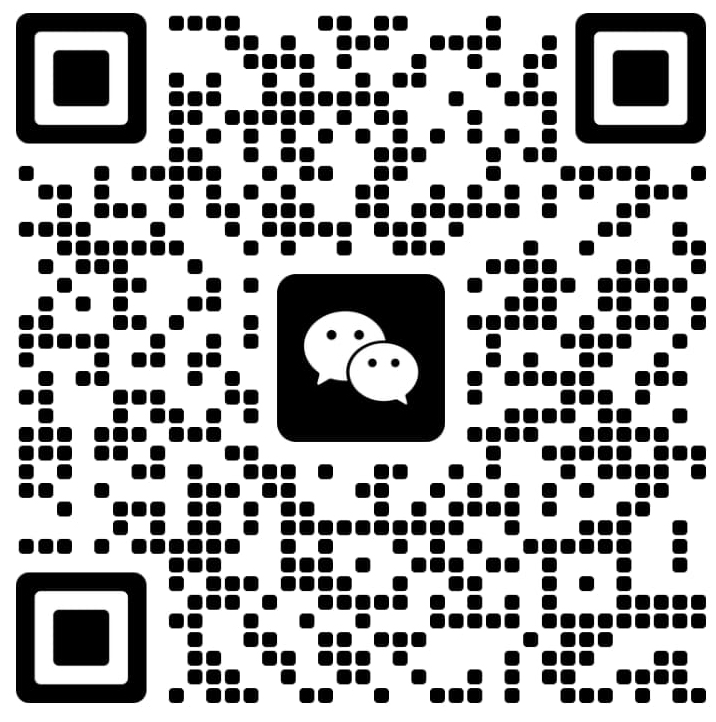
Optimal Seasons to Book Your Trek on Machame, Lemosho, and Rongai Routes
The best seasons to book your trek on Kilimanjaro’s Machame, Lemosho, and Rongai routes largely depend on the weather. The prime times for climbing are during the dry seasons. These occur from January to mid-March and from June to October. Climbing during these months reduces the chances of rain, making the trek more enjoyable. According to this post, weather patterns greatly affect the booking timing.
On the Machame route, the scenery is stunning all year round. However, to avoid muddy paths, it’s recommended to plan your climb during the dry seasons. The Lemosho route, known for its panoramic views, also benefits from clear skies between June and October. Both routes offer unique experiences, but your comfort depends significantly on the season.
Rongai route offers a different perspective as it approaches Kilimanjaro from the north. This route is less crowded all year, making it perfect for trekkers seeking solitude. However, the best time to book the Rongai route is similar to Machame and Lemosho routes. The summer months from June to October offer the best trekking conditions. Booking during these months ensures fewer weather-related disruptions.
Alpha Grand Tours suggests early booking, especially during peak seasons. This helps secure your preferred dates and ensures a smoother experience. Contact them today to plan your Kilimanjaro adventure. Whether you choose Machame, Lemosho, or Rongai routes, proper timing enhances your journey. For detailed insights, here is the article.
Factors affecting the best booking times for each route
Several factors play a role in deciding the best times to book treks on the Machame, Lemosho, and Rongai routes. Weather conditions are crucial, as they directly impact the trekkers’ experience. The dry seasons are preferred for clear skies and comfortable trekking conditions. However, these seasons also attract more climbers, increasing the number of people on the trail. Balancing weather and crowd levels is essential for a rewarding trek.
Your personal schedule is another factor to consider. Planning your trek during your vacation or holiday periods can make the experience less stressful. For families, aligning trips with school holidays might be necessary. However, this can mean booking well in advance. Matching your free time with optimal weather may require flexibility.
The terrain of each route also affects the best booking times. The Machame and Lemosho routes have steeper and more challenging paths compared to the Rongai route. During wetter months, steeper paths become slippery and difficult to navigate. Booking during the dry seasons reduces this risk and ensures a safer trek. Routes with gentler slopes, like Rongai, offer more flexibility year-round.
Lastly, considering the services offered by tour companies like Alpha Grand Tours can help. They provide detailed insights into the best times to book based on current conditions. Tour guides’ availability can also influence booking times. By matching your preferences with their expertise, you can ensure a well-timed trek. For more information, visit their website.
Insights from Alpha Grand Tours on Planning Your Kilimanjaro Adventure
Alpha Grand Tours specializes in organizing treks up Mount Kilimanjaro. Their experienced guides suggest the best times to book your trek to maximize your adventure. They recommend planning your climb during the dry seasons for the best weather. Booking early, especially for popular routes like Machame and Lemosho, ensures you get your preferred dates. Early booking also secures your spot amid the high demand.
Preparation is key to a successful trek. Alpha Grand Tours advises climbers to engage in regular physical activity prior to their journey. Building stamina and strength is crucial for tackling Kilimanjaro’s challenging terrain. They also highlight the importance of acclimatization. Spending extra days on the mountain helps your body adjust to the altitude.
Equip yourself with the right gear for comfort and safety. Alpha Grand Tours provides a detailed packing list to guide you. This list includes essentials like layered clothing, sturdy boots, and hydration systems. High-quality gear enhances your comfort during the trek. Proper equipment reduces the risk of injury and altitude sickness.
Alpha Grand Tours offers personalized packages tailored to individual needs. They accommodate various fitness levels and trekking preferences. Whether you’re looking for a quick ascent or a leisurely climb, they have you covered. Quality service ensures a memorable and enjoyable experience on Kilimanjaro. Trust their expertise for a well-planned adventure.

Frequently Asked Questions
Planning a trek on Kilimanjaro requires understanding specific routes and the best times to book. Here are some common questions experts often ask.
1. What is the difficulty level of the Machame route?
The Machame route is known for its challenging terrain and steep climbs. It is frequently chosen by experienced trekkers looking for an adventurous hike. The route offers stunning scenery but requires significant physical preparation. You will encounter varied landscapes, making each day exciting and different.
Unlike some other routes, the Machame route includes several steep sections. It’s essential to be in good physical condition to handle these challenges. The six to seven-day trek helps with acclimatization, increasing the chances of reaching the summit. Pre-trek training is highly recommended for this route.
2. How does the Lemosho route differ from Machame and Rongai?
The Lemosho route is known for its longer and scenic paths. It offers more time for acclimatization compared to Machame and Rongai. This route is favored for its panoramic views and fewer crowds. Trekkers often appreciate the gradual ascent, reducing altitude sickness risks.
The route typically takes around seven to eight days. Extra time on the mountain allows for a slower pace. Wildlife spotting is a unique feature of this route, with frequent sightings of various animals. The Lemosho route is ideal for those wanting a scenic and less crowded trek.
3. What should be included in your packing list for Kilimanjaro?
A comprehensive packing list is crucial for a Kilimanjaro trek. Essentials include layered clothing, a good sleeping bag, and sturdy boots. Additional items like a first-aid kit and trekking poles are also important. Proper gear enhances safety and comfort during your hike.
Don’t forget a headlamp, gloves, and sun protection. These items help you tackle various weather conditions. Water purification tablets ensure you stay hydrated safely. Investing in quality gear can make a big difference in your overall experience.
4. Why is acclimatization important during a Kilimanjaro trek?
Proper acclimatization helps your body adjust to lower oxygen levels at high altitudes. It reduces the risk of altitude sickness, which can have serious effects. Adding extra days to your trek gives your body time to acclimate. Following a slow and steady ascent is essential.
Acclimatization involves techniques like the “climb high, sleep low” method. This approach helps increase your altitude exposure gradually. Staying well-hydrated and following your guide’s advice are critical. Proper acclimatization improves your chances of reaching the summit safely.
5. What role do guides play in a successful Kilimanjaro trek?
Guides are crucial for navigating the mountain and ensuring safety. They provide valuable knowledge about the terrain and conditions. Experienced guides can assist with acclimatization strategies. Their expertise supports a smooth and enjoyable trek.
Guides also offer encouragement and support throughout the journey. They help manage any issues that arise and maintain morale. Choosing an experienced guide can greatly enhance your trekking experience. They play a vital role in achieving a successful summit.


